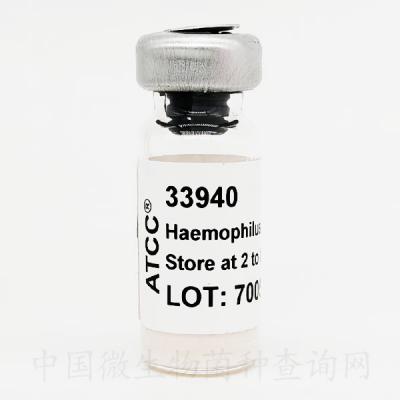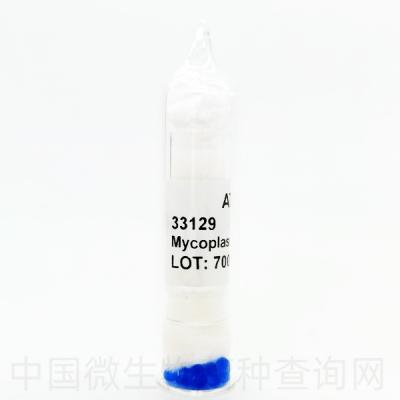
ATCC® Number:30872™
Organism: Acanthamoeba polyphaga (Puschkarew) Page
Designations: CCAP 1501/3b
Isolation: freshwater, Tuskegee, AL, 1965
Depositors: CCAP
History: ATCC<<--CCAP<<--F.C. Page 45
Biosafety Level:1
Shipped: frozen
Growth Conditions: ATCCmedium 712: PYGTemperature: 25.0°C Growth condition: Axenic Protocol: This strain is distributed as a frozen preparation. See the general procedures for thawing a frozen vial. Once vial is thawed, aseptically transfer the entire contents to a 16 X 125 mm screw-capped test tube or a T-25 tissue culture flask containing 5.0 ml of ATCCmedium 712. Incubate horizontally at 25C. Trophozoites should be evident in 1-5 days.
Permits/Forms: In addition to the MTA mentioned above, other ATCC and/or regulatory permits may be required for the transfer of this ATCC material. Anyone purchasing ATCC material is ultimately responsible for obtaining the permits. Please click here for information regarding the specific requirements for shipment to your location.
Comments: Saprozoic growth of Mycobacterium avium in coculture [34879] phylogeny [24028]
Classification: KINGDOM: Protozoa
References: 4757: Page FC. Re-definition of the genus Acanthamoeba with descriptions of three species. J. Protozool. 14: 709-724, 1967. PubMed: 5604481 23896: Daggett PM, et al. Distribution and possible interrelationships of pathogenic and nonpathogenic Acanthamoeba from aquatic environments. Microb. Ecol. 8: 371-386, 1982. 24028: Daggett PM, et al. A molecular approach to the phylogeny of Acanthamoeba. Biosystems 18: 399-405, 1985. PubMed: 4084681 34879: Steinert M, et al. Mycobacterium avium bacilli grow saprozoically in coculture with Acanthamoeba polyphaga and survive within cyst walls. Appl. Environ. Microbiol. 64: 2256-2261, 1998. PubMed: 9603844 70201: Alves JMP, et al. Random amplified polymorphic DNA probes as a tool for the characterization of Brazilian keratitis isolates of the genus Acanthamoeba. Braz. J. Med. Biol. Res. 33: 19-26, 2000.





